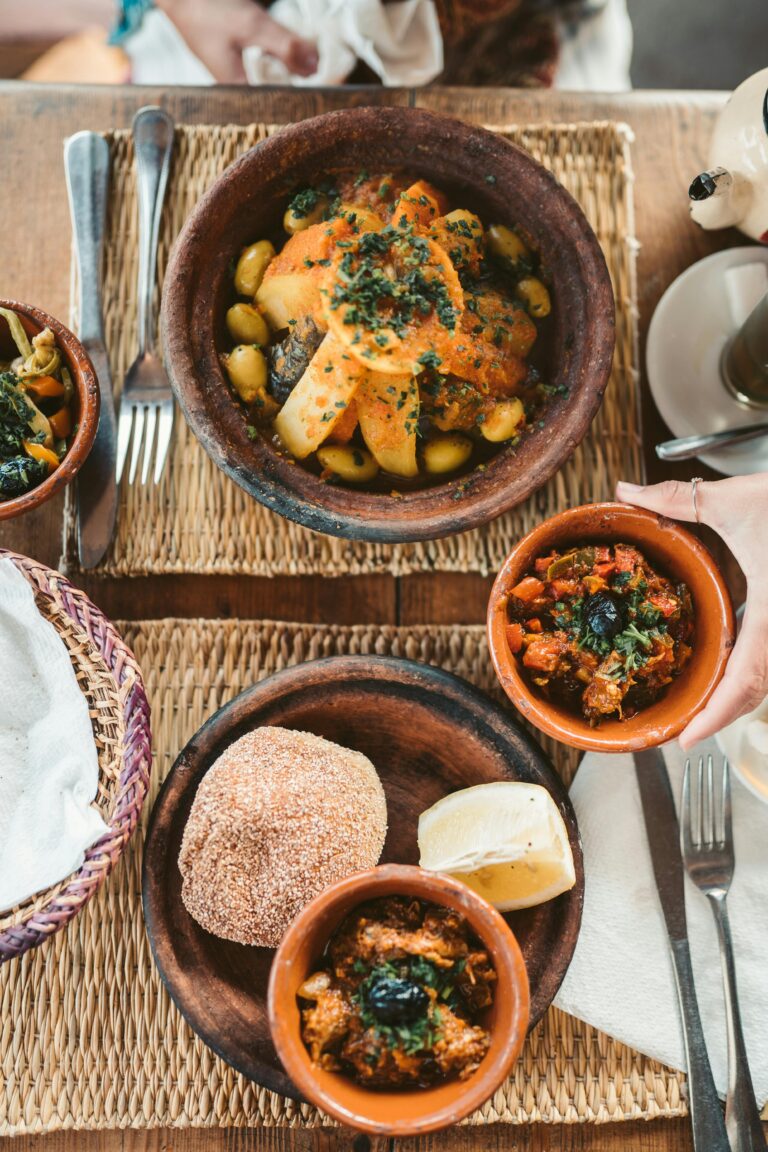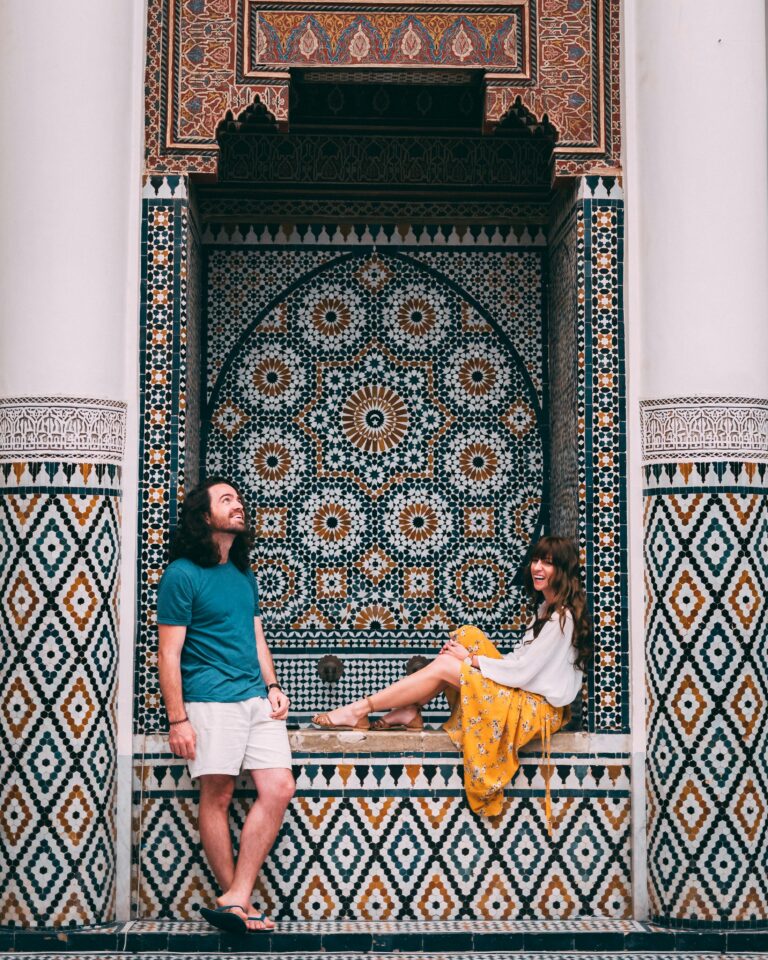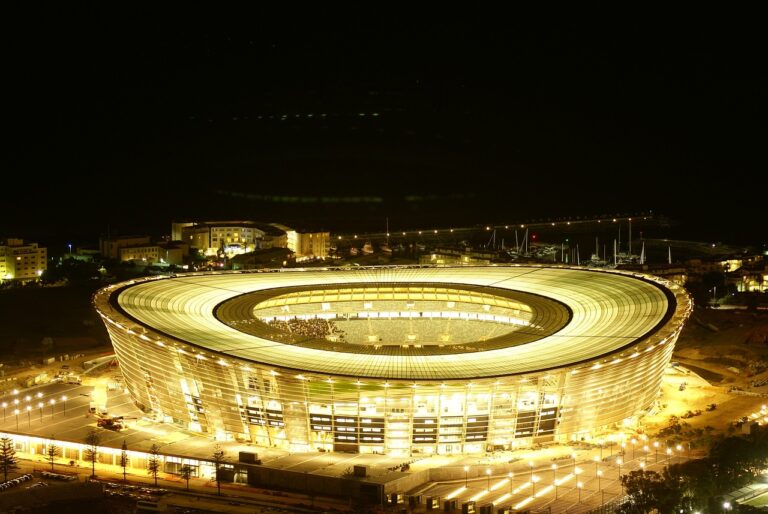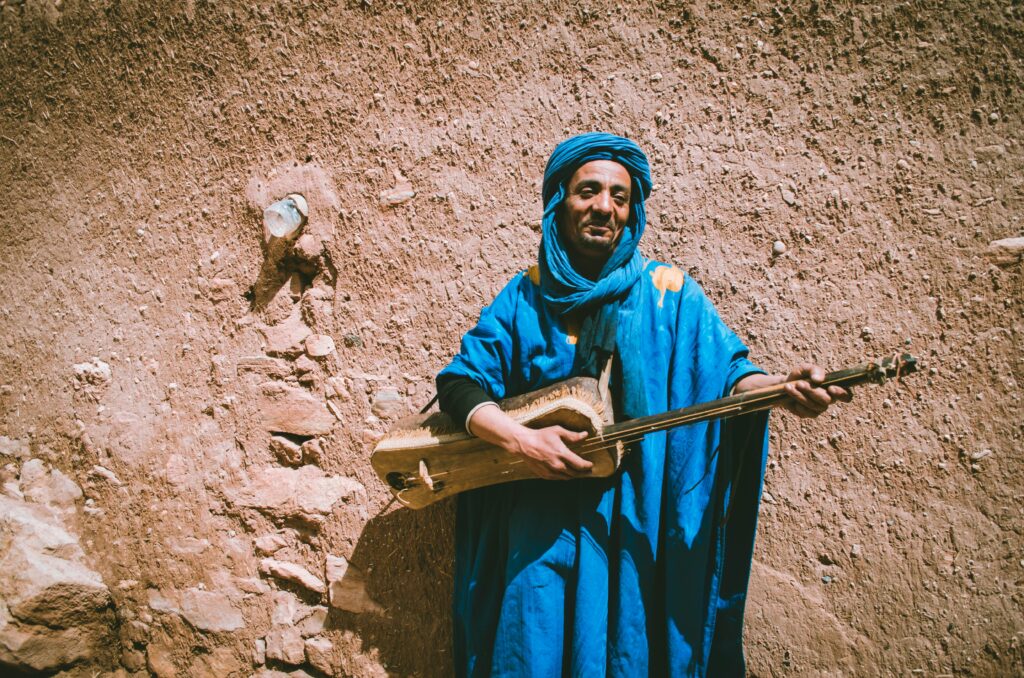
Discover with Travel Casita Morocco.
Morocco, a country often described as a crossroads of civilizations, offers a unique opportunity for travelers to step into a living tapestry of cultures and histories that span centuries.
From ancient Berber traditions (Amazigh) to the opulent influences of the Arab Empire and palpable vestiges of French colonialism, Morocco stands out as a stunning mosaic where each strand of culture weaves a story waiting to be uncovered.
For those seeking to immerse themselves in this rich cultural milieu, a single day spent in Morocco can reveal the profound diversity of its culture through clothing, language, and food.
Morning: Clothing as a Reflection of Heritage

Casita become by Start your day in the bustling medinas of Marrakech or Fes, where the first encounter with Moroccan culture emerges through the vibrant textiles and traditional garments that adorn its people. The morning sun casts a golden hue on the colorful souks, where stalls brim with handcrafted items from all over the country.
Your journey into Moroccan clothing can begin with the iconic djellaba—a long, loose-fitting robe adorned with hoods, worn by men and women alike. This garment is emblematic of North African culture and serves as a reflection of both style and tradition. The fabric often showcases intricate designs in varying colors, each symbolizing a different region or cultural background.
Witness the transformation of fashion through time at a local tailor’s workshop, where artisans skillfully create kaftans and berber blankets. Kaftans, often embellished with elaborate embroidery, are a testament to Moroccan craftsmanship and are regularly worn during special occasions.
The history of these garments is rich; they have evolved over centuries, influenced by various dynasties, that remain a symbol of elegance and cultural pride.
In this morning sojourn, you may also find yourself captivated by the tarboosh (fez hat) , chachia (a wool cap), which hark back to the Ottoman Empire’s influence.
These items not only tell of fashion but of the social and political climates that shaped Morocco.
Thus, clothing in Morocco serves as an extraordinary portal through which travelers can witness the country’s layered history in a mere few hours.
Midday: Language as a Cultural Bridge
As you take a leisurely stroll through the winding streets lined with artisans and food vendors, you will notice the vibrant linguistic tapestry that defines Morocco.
Language is a powerful cultural artifact, and in Morocco, it is a blend of Arabic, Berber, French, and Spanish—each echoing a significant period in the nation’s history.
Start your midday exploration in the heart of the medina, where you can interact with locals who confidently switch between Arabic and French, sometimes even interspersing their conversations with Berber phrases.
This linguistic fluidity reflects the coalescence of various historical threads that have shaped Morocco’s identity.
Consider stopping at a local café to engage in casual conversation with merchants and artisans. Their code-switching—seamlessly transitioning from Darija (Moroccan Arabic) to French—sheds light on the colonial legacy still present in contemporary society.
French remains the language of commerce and education, while Darija reflects the rich vernacular that thrives on cultural nuance.
Moreover, don’t overlook the poetic beauty of traditional Berber phrases reflecting connection to the earth and their ancient way of life. Some cafés offer casual language workshops where you can learn basic phrases that resonate with locals, fostering connections across cultural divides.
As you indulge in this linguistic exploration, reflect on how language in Morocco is not merely a means of communication but a bridge across centuries, linking modern Moroccans with their rich history.
Afternoon: Culinary Journey Through Time

No exploration of Moroccan culture is complete without indulging in the country’s world-renowned cuisine. As the afternoon sun climbs higher, make your way to a traditional Moroccan restaurant, or better yet, participate in a local cooking class.
Moroccan cuisine is a delightful snapshot of its historical influences.
Begin your culinary journey with tagine, a signature dish that showcases slow-cooked meats, vegetables, and spices—all cooked in a traditional earthenware pot. Each region boasts its own variant of this dish, indicating the local ingredients and culinary practices. For example, a seafood tagine from Essaouira reflects the coastal influences, while a lamb tagine hails from the inland regions.
The aromatic spices that fill the air—cumin, coriander, saffron, and cinnamon—are imbued with stories of trade routes that have traversed the Sahara and linked Morocco to far-off lands. Spice markets, often a feast for the senses, offer tantalizing displays of vibrant colors and exotic aromas. Here, traders impart tales about the origins and flavors of the spices that have been coveted for centuries.
Do not miss out on trying couscous, traditionally prepared on Fridays in Moroccan homes.
This dish symbolizes family gatherings and can vary from region to region, often accompanied by rich broths and vegetables.
As your culinary experience unfolds, consider sipping on mint tea, a national drink that embodies hospitality and tradition. The ritual of preparing mint tea reflects Moroccan social values, where the act of sharing tea signifies camaraderie and warmth.
Evening: The Cultural Ubiquity of Music and Dance
As evening descends, immerse yourself in the auditory tapestry of Moroccan culture through its music and dance. Visit a local music venue or cultural center to experience the melodious sounds of gnawa or andalusian music, showcasing the country’s African and Arab roots respectively.
The mesmerizing rhythms and instruments create an atmosphere that transcends time, echoing the voices of performers from centuries past. Both forms of music tell the tales of migration, oppression, and celebration, intertwining ancient history with contemporary interpretations.
Consider attending a chaabi dance performance, where traditional and modern influences merge. Through music and movement, you can observe how Moroccans celebrate their cultural identity, blending the past with the present in a joyous, communal spirit.
A Day of Cultural Revelations
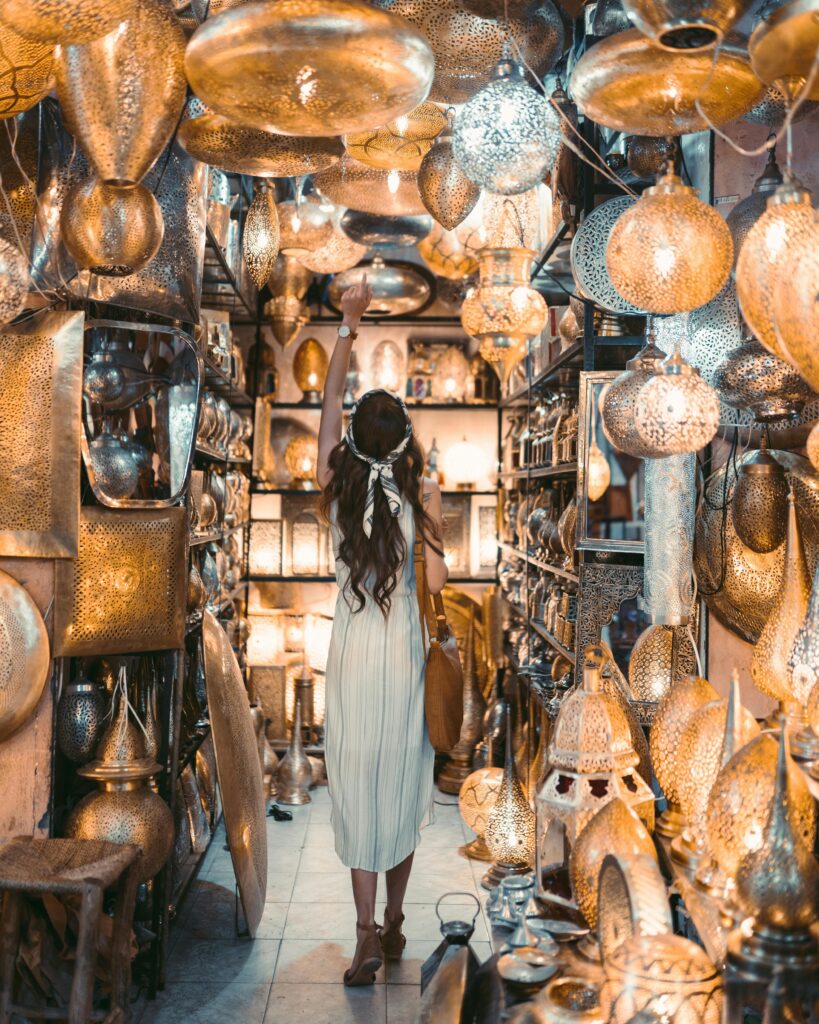
In Morocco your whirlwind exploration of Moroccan culture, you will certainly have felt the pulse of history beating through clothing, language, and food. Each element you’ve encountered serves as a reminder of the rich narrative that has shaped this remarkable northwestern African nation.
Experiencing centuries of Moroccan culture in a single day is not merely an exercise in sightseeing but an invitation to engage deeply with the stories that resonate from clothing patterns, the cadence of language, and the flavors of the cuisine.
Morocco’s charm lies not only in its stunning landscapes but in its enduring legacy—a vibrant testament to the resilience and dynamism of its people. Engage, learn, and celebrate the cultural complexities that continue to define Morocco today.

